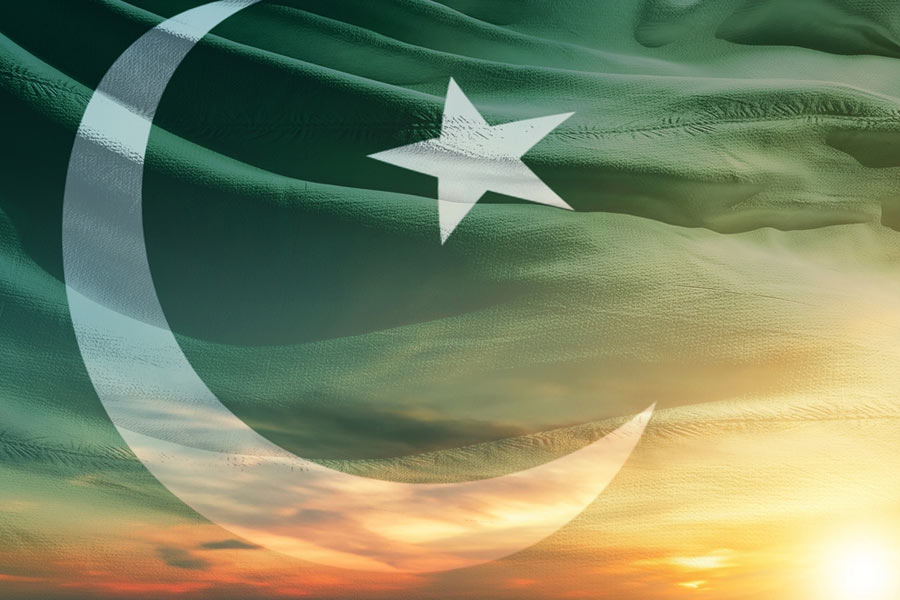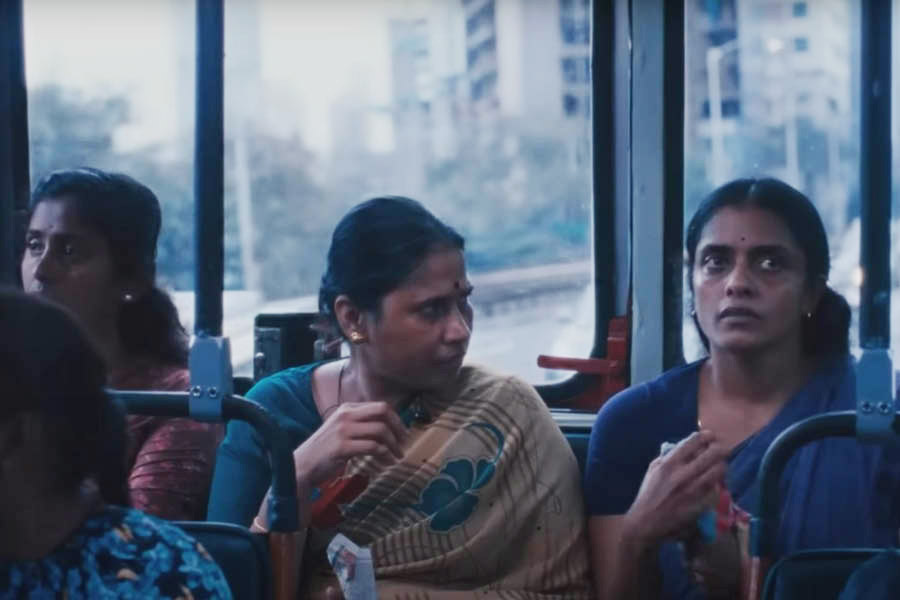Ten years have passed since Ajoon Khan’s son died in a ghastly attack by the Pakistani Taliban that killed about 150 people, mostly children, at a military-run school in Peshawar, in northwestern Pakistan.
But the pain of loss is unrelenting — it grows only deeper with time. Khan, a lawyer, said he could never forget the parents sobbing and pleading outside the school gates, the soldiers storming the building, the children and the teachers fleeing in terror.
“It has been nearly a decade, but it feels like nothing has changed,” said Khan, speaking last week, just before the Dec. 16 anniversary of the death of his son, Asfand, who had been in the 10th grade. “If you look at the security situation in the country, it feels that our children’s sacrifices were in vain.”
The brutal assault on the school in Peshawar led to rare political unity in support of a comprehensive counterterrorism strategy for Pakistan and a vast military operation in the country’s former tribal areas near Afghanistan. The efforts forced militants to retreat across the border and brought a degree of relative peace to Pakistan. Large-scale terrorist attacks were significantly reduced, with fatalities dropping from 2,451 across 1,717 attacks in 2013 to 220 in 146 attacks in 2020.
But the hard-won gains from Pakistan’s counterinsurgency offensive — a costly endeavor in money and lives — are now in jeopardy.
Over the past few years, violence by the Pakistani Taliban and other Islamic militant groups has surged in parts of Khyber Pakhtunkhwa province, in northwestern Pakistan. Experts attribute the increase to the Afghan Taliban’s seizure of power in neighboring Afghanistan in August 2021.
Simultaneously, ethnic separatist groups in the southwestern province of Baluchistan have regained momentum, increasingly targeting security forces and Chinese nationals involved in projects under the Belt and Road Initiative, China’s infrastructure investment program. The separatists accuse Pakistan’s government of allowing China to extract the region’s wealth.
Last week, the Interior Ministry reported that 924 people, including civilians and law enforcement personnel, had been killed in 1,566 terrorist attacks across the country over the past 10 months. The ministry said 341 terrorists had been killed during the period.
Experts and security officials have identified a range of challenges impeding Pakistan’s progress against terrorism: political instability, weak governance, dwindling public support, economic constraints and reduced U.S. counterterrorism assistance after the end of the 20-year war in Afghanistan.
“The greatest challenge lies in mobilizing the necessary financial resources and manpower for operations across such vast regions,” said Muhammad Amir Rana, director of the Pak Institute for Peace Studies, a security think tank in Islamabad, the Pakistani capital.
The source of the problem for Pakistan, experts say, is mainly found across the border, in Afghanistan.
The Taliban administration in Kabul, the Afghan capital, denies accusations of harboring militants from the Pakistani Taliban, also known as Tehrik-e-Taliban Pakistan, or TTP. But Asfandyar Mir, a senior expert at the United States Institute of Peace, said the TTP had been given “a permissive safe haven in Afghanistan,” which had allowed it to become “resilient and lethal.”
Pakistani security officials privately acknowledged that they had misjudged how the new Taliban rulers of Afghanistan would handle the Pakistani Taliban. The officials had anticipated that the Taliban leaders in Afghanistan would help curb the TTP in return for the covert support that Pakistan had provided them during the U.S.-led war.
Instead, the Taliban in Kabul have provided the TTP with resources and advanced American-made weapons and equipment seized after the collapse of the U.S.-supported Afghan government, according to a senior security official in Islamabad who spoke on the condition of anonymity to discuss internal assessments.
The TTP has gone on to unleash a wave of attacks inside Pakistan as it wages a campaign whose aim is to overthrow the government. Among them was a suicide bombing in January 2023 that killed more than 100 people at a mosque in Peshawar.
Pakistani security forces have also been locked in a conflict with ethnic separatist groups in Baluchistan, an arid province bordering Afghanistan and Iran that is home to the Chinese-operated deep-sea port of Gwadar. One of the groups, the Baluch Liberation Army, or BLA, has been designated a terrorist group by the United States.
Like the Pakistani Taliban, the BLA has adopted more lethal tactics in recent years, including suicide bombings, and gained access to modern weaponry. One of its deadliest attacks took place Nov. 9, when a suicide bomber killed nearly 30 people at a railway station in Quetta, the capital of Baluchistan province.
Pakistani authorities are under immense pressure from China to improve security for Chinese workers in Pakistan. The attacks have jeopardized billions of dollars in Chinese investments in infrastructure, energy and trade, which have been crucial for sustaining Pakistan’s economy during a prolonged economic crisis.
In October, two Chinese nationals were killed in a suicide attack carried out by the BLA near the international airport in Karachi, in southern Pakistan. The Pakistani Taliban have also been linked to attacks on Chinese nationals, including a bombing in March that killed five in northwestern Pakistan.
In response to the surge in attacks, Prime Minister Shehbaz Sharif in late November announced what he called a comprehensive military operation against ethnic separatist groups, although the details remain undisclosed.
The military action is likely to be much more limited than the counterterrorism operation that Pakistan mounted a decade ago. The current political climate and public sentiment are less supportive of large-scale military offensives.
The country is politically polarized over the monthslong detention of former Prime Minister Imran Khan. The financial burden of military operations is a major concern for Pakistan, which is already grappling with mounting debt and economic instability. Although the large-scale military operation in 2014 significantly reduced terrorism, it came at a tremendous cost.
“Thousands were killed, millions displaced from their homes and thousands of houses were destroyed during the military offensive,” said Tariq Parvez, a former senior police official who also led the country’s counterterrorism authority.
Parvez added that there was widespread opposition to any military operation in Khyber Pakhtunkhwa, where Khan’s party is in power.
For residents in northwestern Pakistan, the resurgence of violence has reignited haunting memories of 10 years ago, when insurgents operated with impunity, creating a climate of fear.
“A decade ago, the school attack tragedy transformed the public’s sense of helplessness — stemming from TTP attacks on public spaces — into a unified national response against terrorism,” said Jamaluddin Afridi, a trader in Peshawar whose children attend the same military-run school.
Today, however, residents feel disheartened, believing that the military is focused more on internal political struggles than on ensuring public security, he said.
The Pakistani Taliban and other militant groups are exploiting the security vacuum, Afridi added, by extorting businesses.
He said he had paid $3,800 to the TTP a few months ago out of fear for the safety of his family, including his two children. “It seems like the government is waiting for another tragedy, similar to the school attack, to happen again,” Afridi said.
The New York Times News Service










